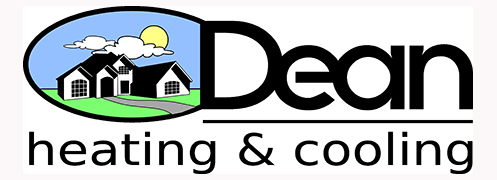He adds that his installation crews keep the same truck stock every season. ‘Unless we make changes in our installation procedure. We like to take a truck inventory every three months, which can be difficult, so at a minimum, we take inventory every six months.’

Ken Dean of Dean Heating, (ncilink.com/DeanSpotlite) Athens, OH concurs. He says he takes the additional step of asking his field service and installation technicians if there are other tools or parts they may need. He also stocks up on extra coils and condensing units for emergency replacements.
At Punbar, Amaya says they make sure that tools and instruments are in good working order and calibrated for accuracy.
Besides taking stock and truck inventory, it’s also a good idea to review your service call records from the previous summer and make a note of any complaints or kudos you received from customers. This way, you can work to improve on weaknesses and promote your strengths.
Other things for you to consider:
- Do you need more staff to handle increased volumes of summer calls?
- Do you need to retrain so that your technicians can provide excellent customer experiences?
Training Now Pays Dividends Later
‘I am always doing that which I cannot do, in order that I may learn how to do it.’ — Pablo Picasso, Spanish painter
To grow your profits, you need a friendly, highly trained staff that leaves your customers impressed. At Punbar LLC in Houston, TX, training is a cornerstone of their operation. According to Ronald Amaya, at Punbar, they take advantage of National Comfort Institute’s online courses.
‘We have a list of courses our technicians must take,’ Amaya explains. ‘These include live online classes, NCI University, as well as courses from our vendors. For example, we create a list and the order of required Trane online classes for our techs as well.
‘For experienced technicians,’ he continues, ‘They must finish any pending courses and attend advanced online or specific training by our distributor partners (Trane, Aprilaire, Johnstone, etc.). Plus, our sales team is also required to take training.’
Amaya even has requirements for financing training and refresher courses done at the office and online (required re-certifications every year).
He says that training early and training often always pays big dividends as the summer season begins.
The team at Progressive does most of their training in the spring and fall. Like his peers at Punbar, Greg Wallace says he uses the NCI University video classes.
‘We do this to go over some of the performance testing procedures for the season we are about to begin. It’s always nice to have some refresher courses on things you don’t have to do for a while. We also send our techs to any factory equipment update classes when those are available. That way, we keep up with the new equipment and controls that we sell.’
For Ken Dean, in preparation for summer, training shifts to pay more attention to refrigeration instead of combustion/heating. ‘Airflow is always emphasized. Our plans include training techncians to recognize and correct any airflow problems with better design,’ he adds.
Start Advertising Now
‘Stopping advertising to save money is like stopping your watch to save time.’ – Henry Ford, American industrialist
Many marketing consultants teach that advertising is NOT a one-and-done deal. It requires a strategy to keep your company name and reputation in front of people so that when they think of an HVAC company, your business’s name pops into mind.
Their advice often hones in on your company website because this is where people will go first, even before they call your business. Is your website outdated or uninformative? Does it present you as capable and professional?
At Progressive Air, advertising and marketing cover their website, social media, and print messaging. Greg Wallace says, ‘We weave television and radio in from time to time as well. We have online advertising promoting spring and early summer checkups as well as specials and sales. These promotions include a front-page advertisement with our local newspapers to our target demographic in specific neighborhoods the paper mails to.’
Wallace explains how they generate their marketing plans based on a percentage of the annual budget.
Click Below for the Next Page:













Recent Comments